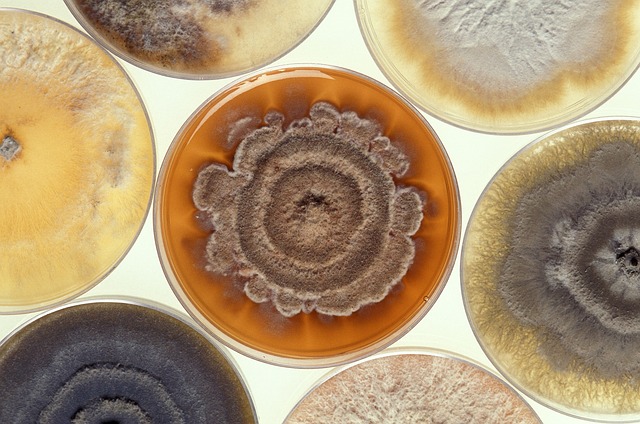The phrases “mind-blowing” and “fecal transplant study” are not often used in the same sentence (or even in the same publication), however when I read the following study about fecal transplants, my mind was in fact blown! The premise behind fecal transplant to cure recurrent Clostridium difficile infections is that you are replacing the diseased intestinal microbiome with a healthy new set of bacteria and other organisms, which repopulate the host gut and keep out the bad C. diff bacteria. So it seems pretty obvious that keeping the bacteria from the healthy stool donor alive and well for the transplant would be crucial to the success of the procedure. I mean, there is no chance that fecal transplant would work without all those healthy live bacteria, right?

Well, a German study published earlier this month titled Efficacy of Sterile Fecal Filtrate Transfer for Treating Patients With Clostridium Difficile Infection turned the whole idea of fecal transplant on it’s head, by showing that live bacteria are not needed for a successful procedure. The authors basically took the material that is used for the standard fecal transplant (fresh stool mixed with saline and filtered of large particles) then ran this through a heatless filtration system that removed all live bacteria. The resultant material was sterile, proven by the lack of growth on attempted bacterial culture. This sterile fecal filtrate was then infused into patients with recurrent C. difficile infections via nasojejunal tube. Three days later all of the patients were symptom free, and none had recurrence of C. difficile for at least the duration of the study (6 months-2 years)! A caveat is that there were only five patients in the study, so obviously this will need to be repeated on a larger scale.
Even more interesting, the study showed that the microbiome of the person treated with the sterile fecal filtrate closely resembled the donor microbiome by about 6 weeks after the procedure. So without actually transplanting any live bacteria, the donor and host still resembled each other, similar to what happens with a traditional fecal transplant.

How can this be? The authors postulate that since the filtrate process removed all live bacteria, but still left bacterial cell components (cell wall antigens, DNA, etc.), antimicrobial components produced by the bacteria, and bacteriophage viruses, that these components are actually all that is necessary to change the host microbiome. Fecal transplant was previously thought of as a simple seeding of the host with new bacteria directly transferred from the donor…like an apple falling to the earth, and the seeds within growing into new apple trees. It turns out that what is actually is happening is much more complex, and will undoubtedly be the focus of much future study. The results will get us closer to manipulating the microbiome for all sorts of diseases, without having to use live stool or anything other than some pills you will be able to get from your local pharmacy.